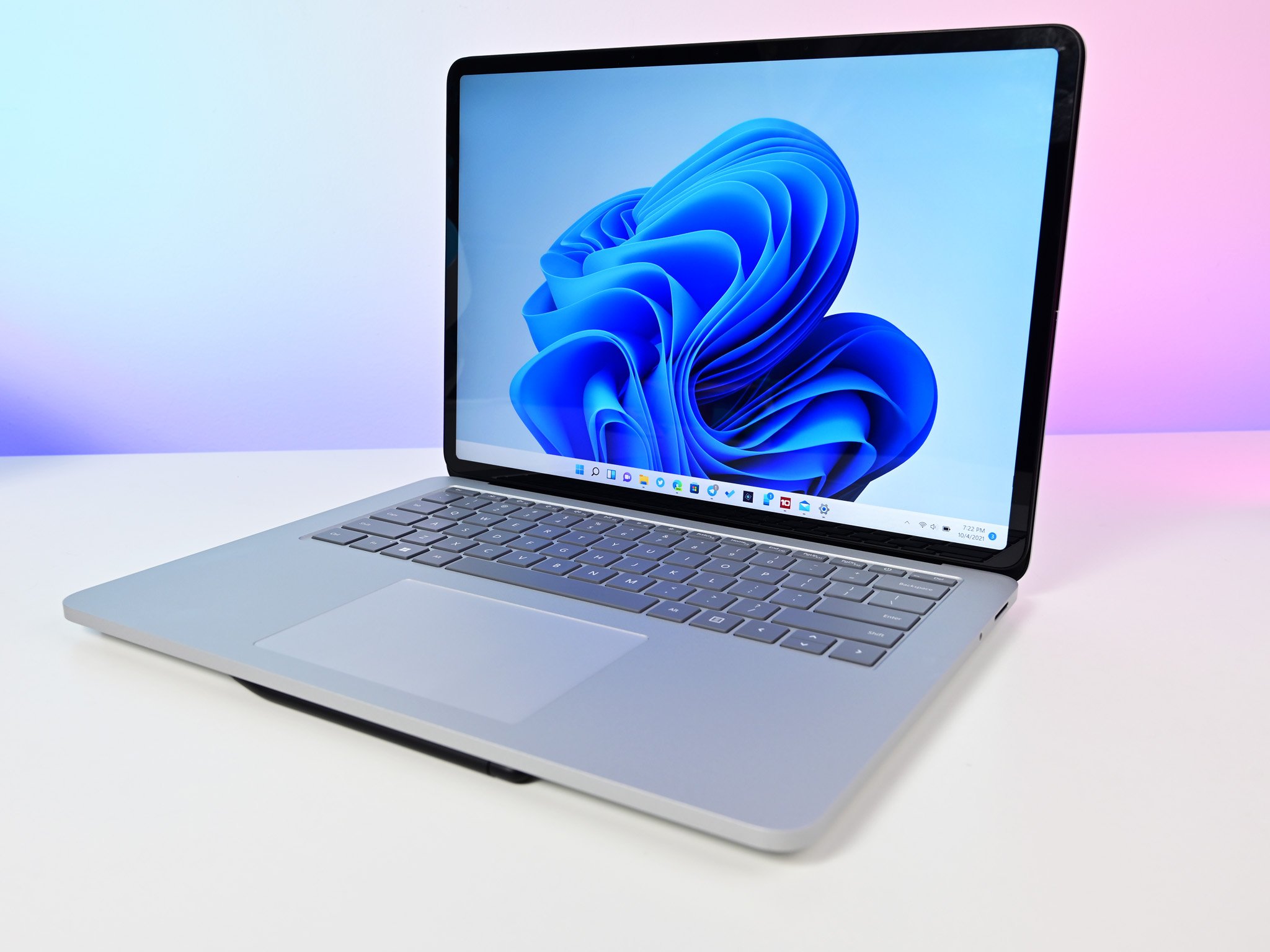
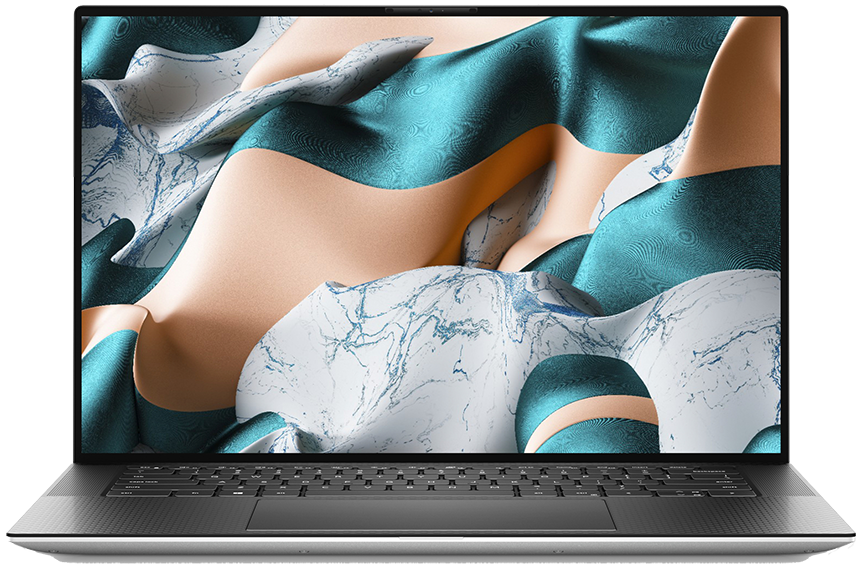
15-inch superstar
Dell's XPS 15 has long been our pick for best 15-inch laptop thanks to a gorgeous slim design, multiple high-end IGZO display options, serious performance (including discrete GPU), comfy keyboard and touchpad, and loud speakers. If you want a more traditional 15-inch Ultrabook, this is the way to go.
For
- 12th Gen Intel Core CPUs, DDR5 RAM
- Three display options including 3.5K OLED
- Keyboard and audio are excellent
- Slim but super powerful
- Decent battery life
Against
- Webcam could be better
- No inking (or fold-down display)
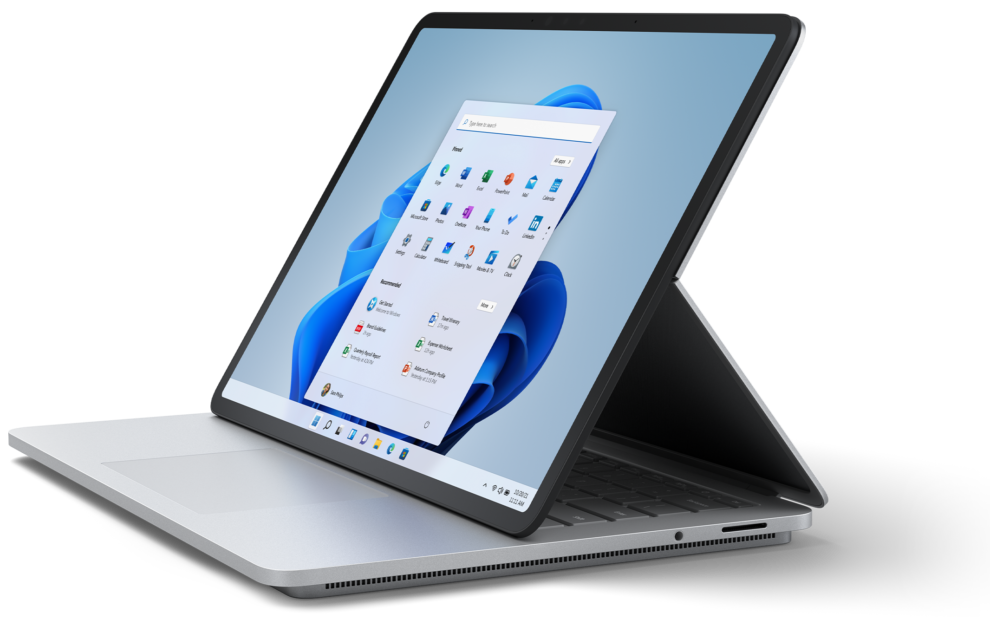
Creative workstation
The Surface Laptop Studio's folding design allows it to do more of just about everything, making it one of the most versatile PCs on the market. It's ideal for artists, designers, engineers, and other creators who need a discrete GPU, high-end inking, and an all-around flawless design.
For
- Exceptionally engineered
- Excellent keyboard, haptic pen
- Bright, color-accurate, 120Hz display
- Best touchpad around
- Good performance and battery life
Against
- Glossy display
- No SD card reader
- Audio needs more bass
- Underpowered charger
These two workstation-style laptops come with Intel H-series CPUs, NVIDIA dedicated graphics cards, high-res displays, and a ton of extra features that help justify the rather steep pricing. Either laptop is going to fare well for any creative or design work, but there are certainly some major differences that will likely sway you one way or the other.
Specifications and price
The Surface Laptop Studio and the Dell XPS 15 — now updated to the 9520 version for 2022 — are both considered some of the best Windows laptops around. Prices reflect their high-end nature. While you can still find the XPS 15's 9510 model at plenty of retailers, it actually costs more than the newest 9520 model at Dell's official website due to dwindling stock.
The XPS 15 9520 starts at about $1,420 for a configuration with 12th Gen Intel Core i5-12500H CPU, integrated graphics, 8GB of DDR5 RAM, 512GB M.2 PCIe solid-state drive (SSD), and a 15.6-inch non-touch FHD+ display. Prices for the Laptop Studio start closer to $1,600 for a model with 11th Gen Intel Core i5-11300H CPU, integrated graphics, 16GB of DDR4 RAM, 256GB M.2 SSD, and 14.4-inch 2400x1600 resolution touch display.
Prices only go up from here, with the Surface Laptop Studio generally coming out as the more expensive PC as you scale up the performance hardware. Here's a look at the raw specs of each laptop.
| Category | Dell XPS 15 (9520) | Surface Laptop Studio |
|---|---|---|
| OS | Windows 11 Home | Windows 11 HomeWindows 11 Pro (Business) |
| Processor | 12th Gen IntelCore i5-12500HCore i7-12700HCore i9-12900HK | 11th Gen IntelCore i5-11300HCore i7-11370H |
| RAM | 8GB, 16GB, 32GB, 64GBDDR5-4800MHzDual-channel | 16GB, 32GBLPDDR4x |
| Storage | 512GB, 1TB, 2TBM.2 PCIe NVMe SSD | 256GB, 512GB, 1TB, 2TBM.2 PCIe NVMe SSD |
| Display size | 15.6 inches | 14.4 inches |
| Display res. | 1920x1200 (FHD+)3456x2160 (3.5K OLED)3840x2400 (UHD+) | 2400x1600 |
| Graphics | Intel Iris XeIntel UHDNVIDIA RTX 3050 LaptopNVIDIA RTX 3050 Ti Laptop | Intel Iris XeNVIDIA RTX 3050 Ti Laptop |
| Ports | Two Thunderbolt 4USB-C 3.2 (Gen 2)3.5mm audioSD card reader | Two Thunderbolt 43.5mm audioSurface Connect |
| Camera | 720p | 1080p |
| Speakers | Dual 2.5W woofersDual 1.5W tweeters | Four Omnisonic speakersDolby Atmos |
| Wireless | Intel Killer Wi-Fi 6Bluetooth 5.2 | Wi-Fi 6Bluetooth 5.1 |
| Biometrics | Fingerprint readerIR camera | IR camera |
| Battery | 86Wh | 56.3Wh |
| Dimensions | 13.56 x 9.06 x 0.73 inches(344.4mm x 230.1mm x 18.54mm) | 12.7 x 9.0 x 0.7 inches(322.6mm x 228.6mm x 17.8mm) |
| Weight | From 4.06 pounds (1.84kg) | From 3.83 pounds (1.7kg) |
Design and features
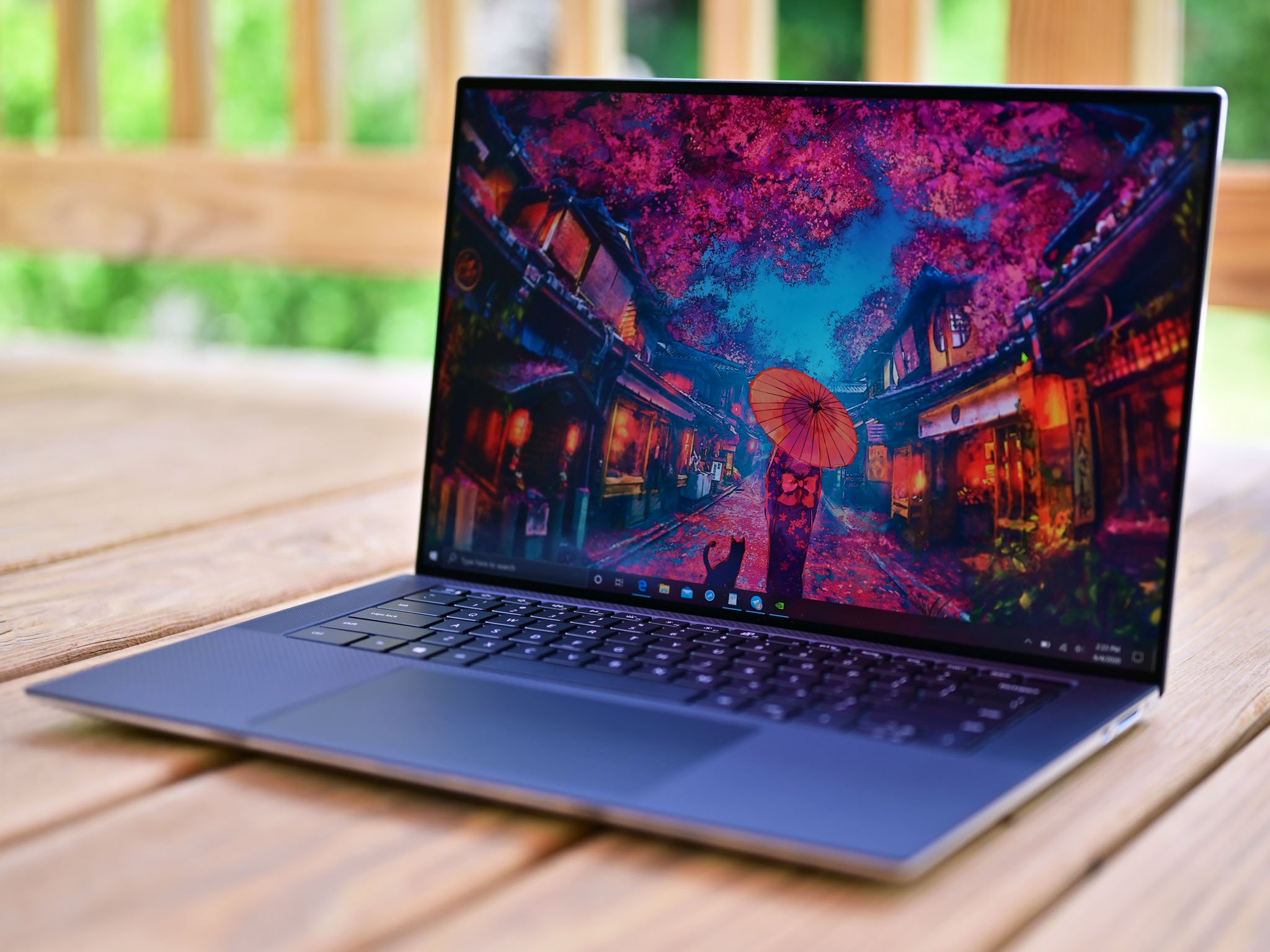
The Dell XPS 15 hasn't changed much since its big overhaul for the 9500 model. The latest 9520 model has carried forward the svelte aluminum build that looks more like a 13-inch than a 15-inch laptop. It's not particularly light due to the all-metal build, but it feels solid no matter how you hold it. The XPS 15 is a non-convertible notebook, meaning it can't rotate or fold down like the Laptop Studio.
The Laptop Studio has a far more distinct look and overall design. It has a "pull-it-forward" display that can be used in the regular notebook mode for when you need full productivity typing, stage mode for watching movies or conference calls, and studio mode where it lies nearly flat (at a slight angle) against the keyboard for easy drawing. In his Surface Laptop Studio review, Executive Editor Daniel Rubino notes that Microsoft has effectively combined the artistic leanings of the Surface Studio, the 2-in-1 versatility of the Surface Pro, and the power of the Surface Book into one device.
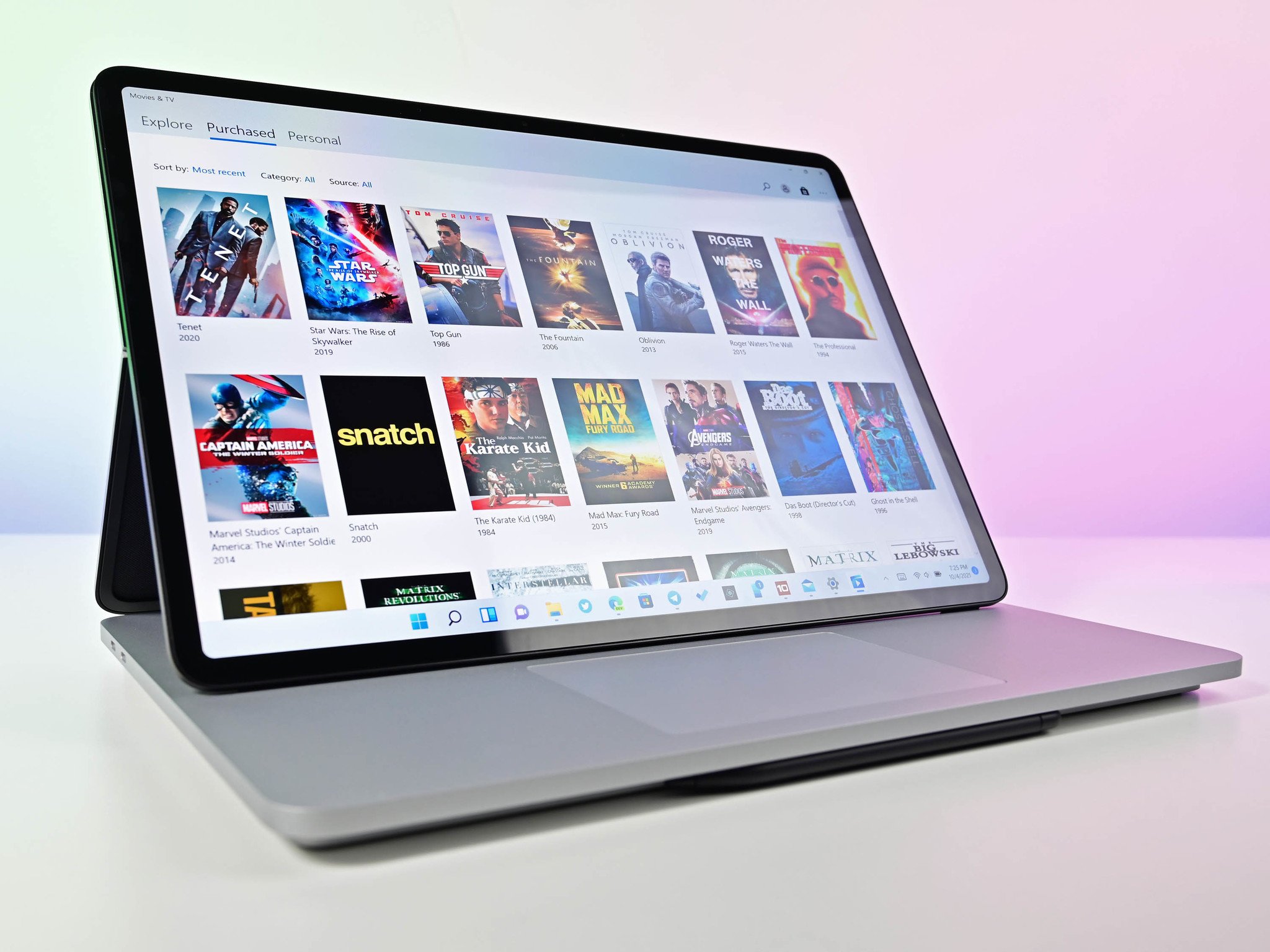
The XPS 15's keyboard has large keycaps and decent key travel for a comfortable typing experience, and the touchpad is massive for easier pointing. Flanking each side of the keyboard is a top-firing speaker, joined by down-firing speakers on either side of the bottom of the laptop. The quad-audio setup is certainly impressive, but the Surface Studio isn't far behind with its own quad-speaker setup. It could use a bit more bass, but it is certainly loud, and Dolby Atmos adds spatial abilities.
Get the Windows Central Newsletter
All the latest news, reviews, and guides for Windows and Xbox diehards.
The Laptop Studio's keyboard is also excellent, and the touchpad is likely the best you're going to find on any Windows PC. Sensel's haptic touchpad is what's used here, simulating clicks very much like Apple's MacBook Pro. Microsoft's PC also wins out on the webcam front, hitting 1080p with an IR camera for extra security. The XPS 15 is still using a 720p camera with an IR camera. Dell's laptop also has a fingerprint reader.
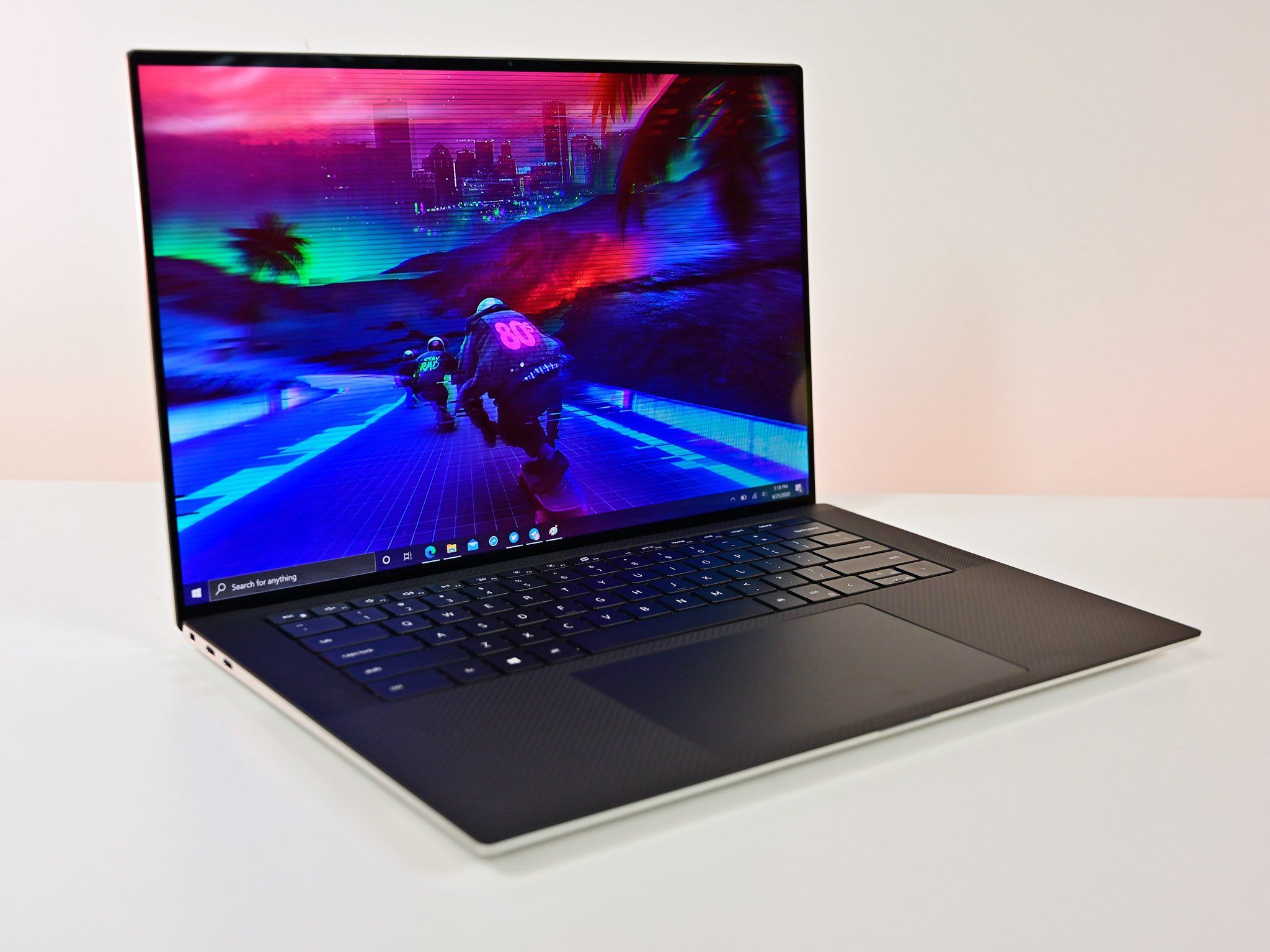
Port selection is nearly the same, with each laptop offering dual Thunderbolt 4 and a 3.5mm audio jack. The XPS 15 adds an SD card reader and an extra USB-C 3.2 (Gen 2) port, while the Laptop Studio tacks on the Surface Connect port that works with the likes of the Surface Dock 2. I recommend checking out the best Thunderbolt 4 docks and hubs for either of these laptops if you're worried about not having enough connectivity.
Both laptops come equipped with Wi-Fi 6 for fast, reliable wireless internet, and both have modern Bluetooth for connecting accessories. While we haven't yet reviewed the XPS 15 9520, the design remains unchanged from older models. Check out our Dell XPS 15 (9500) review for more information.
Displays and inking
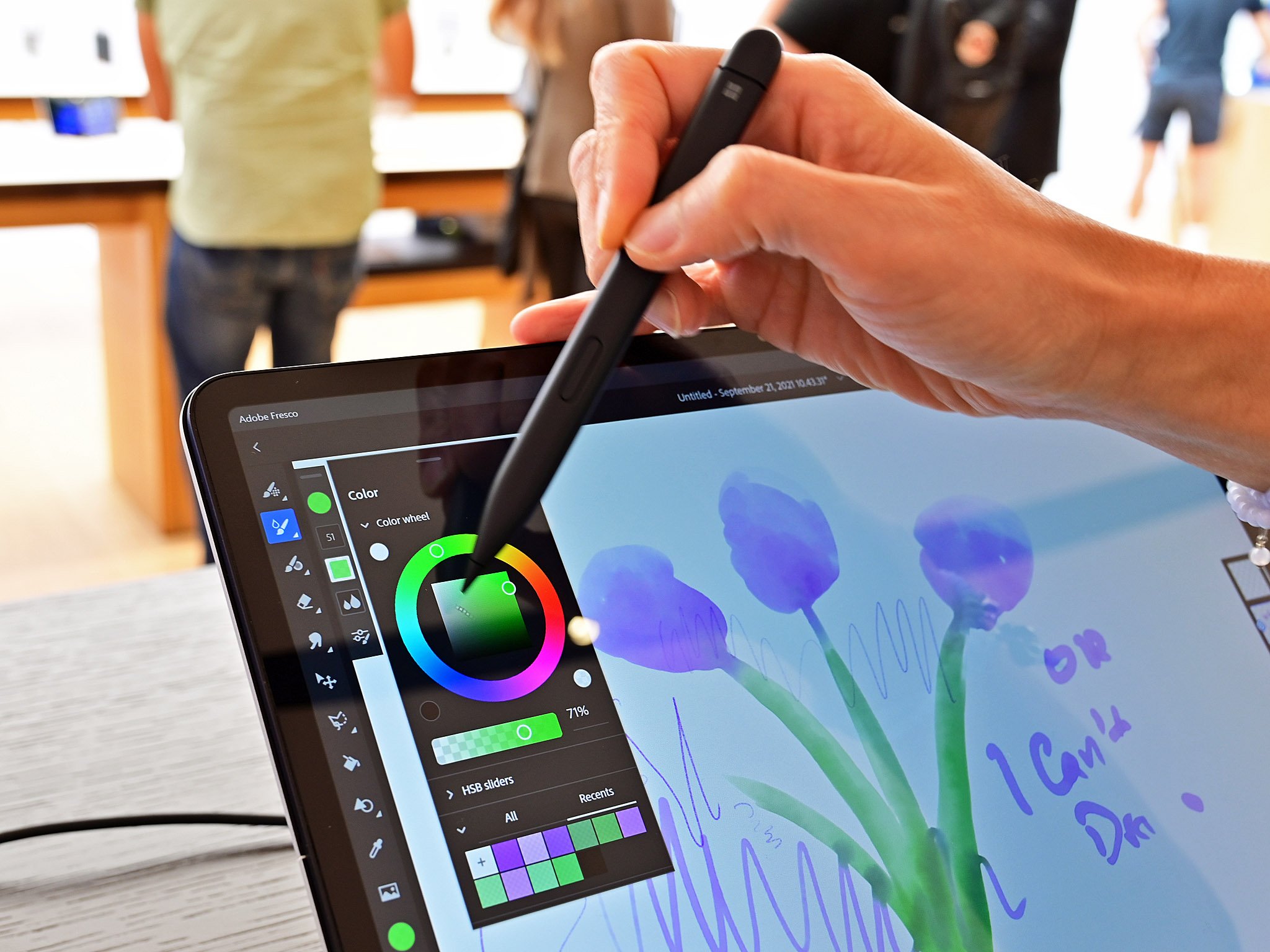
Surface PCs generally ship with one display option, but Microsoft is no slouch with what it offers. The 14.4-inch touch display has a 2400x1600 resolution with a tall 3:2 aspect ratio, making it ideal for inking. The refresh rate hits up to 120Hz, and it has accurate color reproduction. In our testing, it hit 100% sRGB, 81% AdobeRGB, and 88% DCI-P3. It also hit more than 500 nits brightness, and Dolby Vision is included.
If you like the idea of a laptop that can handle your artistic ambition, the Surface Laptop Studio's haptic pen support is what you want. Combined with the Surface Slim Pen 2 (or the older Surface Pens) and the 120Hz refresh rate, you get an inking experience that's essentially latency free. The only real downside to the Laptop Studio's display is the glossy finish that can cause glare issues if you're working in a bright space.
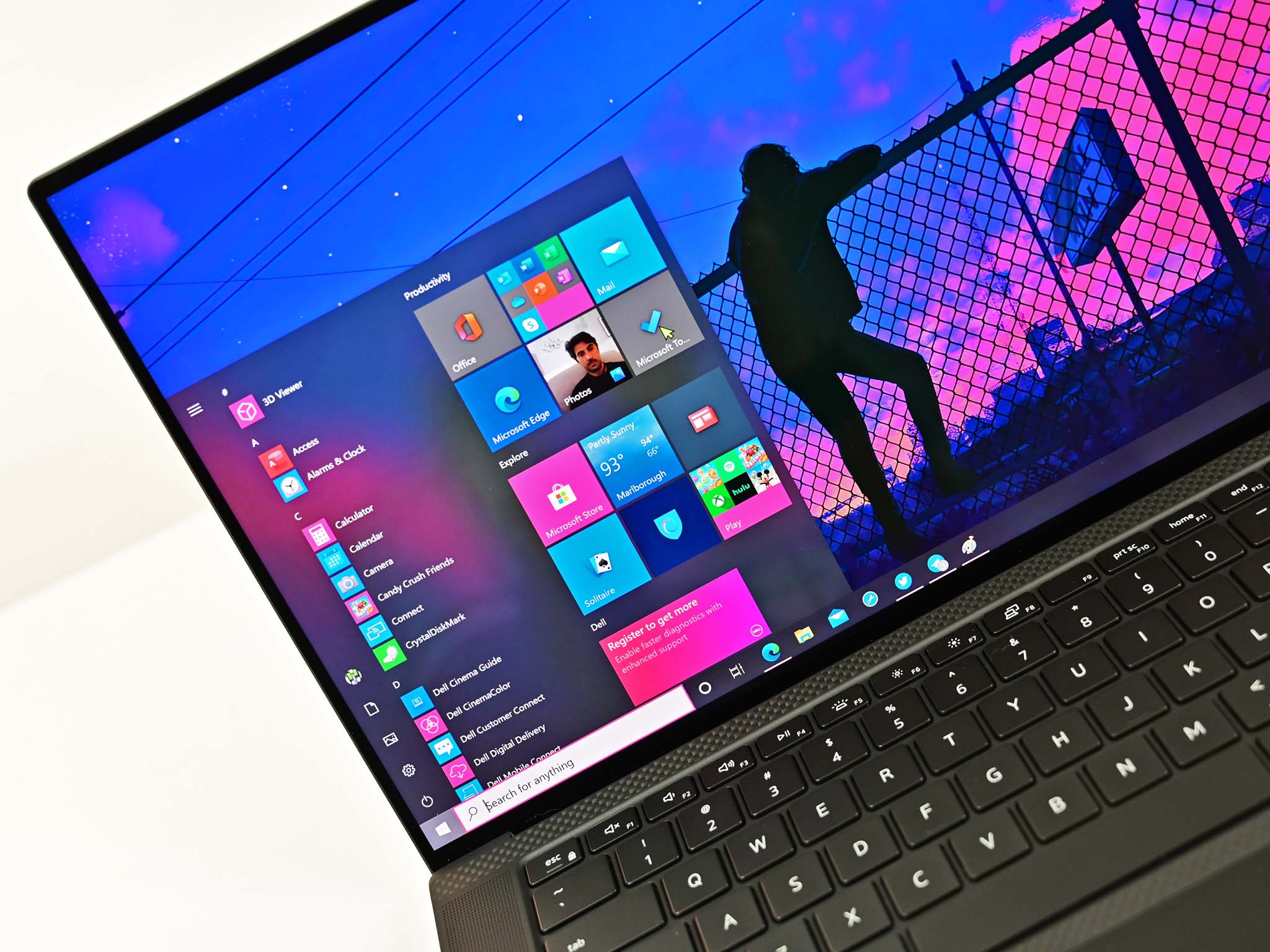
Dell offers three different display options with its XPS 15. The most affordable has a 1920x1200 (FHD+) resolution with 60Hz refresh rate, non-touch IGZO panel, anti-glare, finish, and up to 500 nits brightness. Next up is a touch OLED display with 3456x2160 (3.5K) resolution, 60Hz refresh rate, anti-reflective finish, and 400 nits brightness. Finally, the 3840x2400 (UHD+) touch IGZO option has an anti-reflective finish, 500 nits brightness, and 60Hz refresh rate. You get Dolby Vision support, as well as HDR to boost supported content.
There's no inking support despite some of these being touch panels; for that you'll have to stick with the Laptop Studio. I wrote a separate article explaining in a lot more depth the differences between the XPS 15 display options if you need more information before buying.
Performance
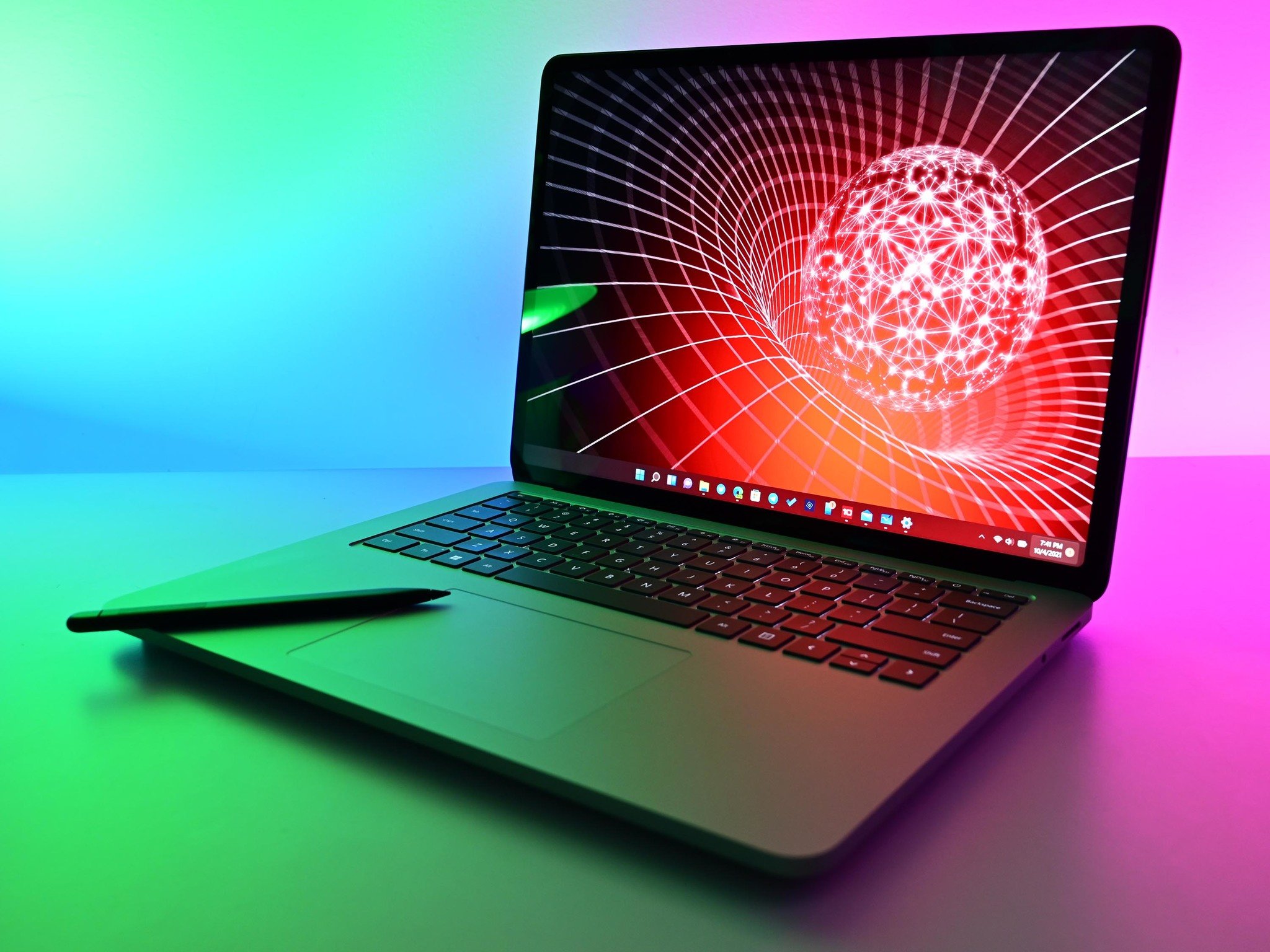
The XPS 15's recent update to the 9520 version brought Intel's 12th Gen H-series mobile CPUs and DDR5 RAM. This undoubtedly gives it an edge over the Surface Laptop Studio, which is still using 11th Gen Intel chips and LPDDR4x RAM. The Surface also tops out at a Core i7, whereas the XPS 15 goes up to a Core i9. The XPS 15 comes with up to 64GB of RAM from the factory, while the Surface comes with up to 32GB.
Both laptops are available with integrated or discrete graphics. Choose from either an NVIDIA RTX 3050 or RTX 3050 Ti Laptop GPU for the XPS 15, or an RTX 3050 Ti for the Laptop Studio. This extra hardware provides a nice boost for some specialized tasks, and both laptops will handle some light gaming. Just don't buy either one for a dedicated gaming laptop. You can check out our roundup of the best gaming laptops for far better candidates.
Overall, the XPS 15 is going to offer better performance due to the newer CPU options and faster RAM. Battery life should be better in the Laptop Studio, though your workload and display options will mix things up.

Cale Hunt brings to Windows Central more than eight years of experience writing about laptops, PCs, accessories, games, and beyond. If it runs Windows or in some way complements the hardware, there’s a good chance he knows about it, has written about it, or is already busy testing it.
